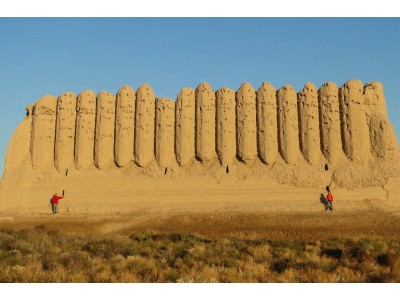
Mary is the third large city in Turkmenistan (till 1937 y. - Merv). It is located in large oasis among Kara-Kum sands in Murgab river delta. Mary was based in 1884 y. as Russian military-administrative center in 30 kilometers from ancient Merv. Now it is the largest center of rich cotton-growing region, large transport hub and the main center of natural gas industry of the country - the basic source of income of Turkmenistan.
The main sights are: the Museum of History with extensive collection of archaeological excavations, Turkmen carpets, national dressing, silver and excellent embroidered objects of the clothing of different local tribes. The Regional Ethnography and Local Lore Study exposure also are attractive.
Merv outskirts
Merv oasis (40 km to the east from Mary) is one of the most ancient regions of Central Asia, which mastered an irrigation system related to the period of Bronze Age. Therefore it is not surprising that Merv grew here as one of the largest city in ancient world. The origin of Merv is covered by mystery. The only one fact is clear - the first written references about its appearance are in Avesta chronicles of approximately VIII-VI c.c. B.C.
Omar Khayam, As-Samani, Imamad-din-Isfaxani and other great persons of middle ages lived and created here. Contemporary ruins include more than five ancient settlements: Erk-Kala, Gyaur-Kala, Sultan-Kala, Abdulla-Khan-Kala and Bayram-Aly-Khan-Kala, surrounded by wall and ruins of other fortification and cult constructions (precise boundaries of city are not known until now). Majority of them are destroyed and only earthen hills remained. But even taking into account this moment Merv continues to remain as one of the most unique monuments of history. During our days it is introduced into the list of UNESCO world heritage as the most well preserved ancient center of Great Silk road.
The most interesting monuments of history are: 40 m high mausoleum of Sultan-Sanjar-Dar-al-Akhir (1140 y. A.D.) , Sultan-Kala, Shazriar-Ark citadel, Abdulla-Khan-Kala (XV c.) wall remains, ruins of fortress and towers of Bayaramali-Khan-Kala, ruins of Kyz-Kala fortress (VI-VII c.), mausoleum al-Khakim-ibn-Amir-al-Djafari and Burayd-ibn-Hussein-al-Islami (XV c.) place of pilgrimage, Muxammad-ibn-Zeyd mausoleum (XII c), Talkhatan-Baba complex with mausoleums of Imam Kasim, Imam Shafi and Imam Bakr of Seldjuks’ epoch, Yusuf Khamadani mosque (XIII c., reconstructed in XIX c.), Erk-Kala fortress ruins (VI c), ruins of Christian temple and Buddhist monastery in Gjaur-Kala (ancient Antioch Margiana), ruins of Beni Makhan mosque (“Friday mosque”, VII-XII c.c.), high walls of similar fortress construction of Big and Small Kyzyl-Kala, Kyz-Bibi mausoleum and also numerous remainders of baths, palaces, ceremonial halls and other constructions. Also the mausoleum of Dandankan and Talkhatan-Baba mosques (XII c. in 30 km south-east to Merv), Akuyli-Koushuk fortress (IX-XIII c.c.), Kharam-Keshk fortress situated in 7 km north to the Gjaur-Kala (IX-XIII c.c.), Durnali fortification situated in 25 km north to the Gjaur-Kala (I-II c.c.), Gebekly fortification situated in 32 km to the north-west of Gjaur-Kala. Many of archaeological findings which were discovered with excavations of ancient settlements are exposed in excellent Historical Museum of Merv now.

 Centralasia Adventures
+998712544100
Centralasia Adventures
+998712544100




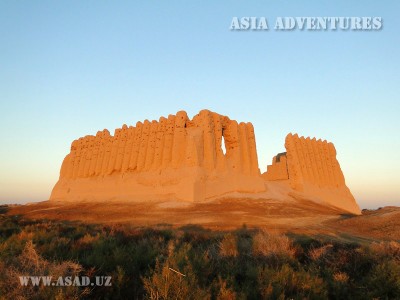
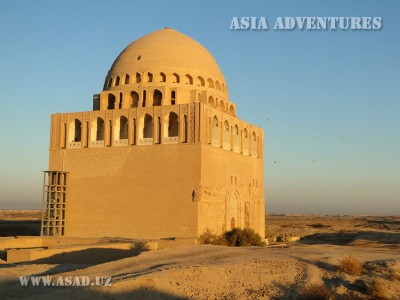
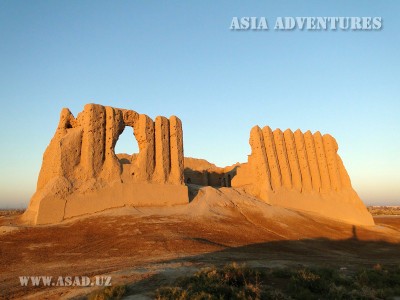
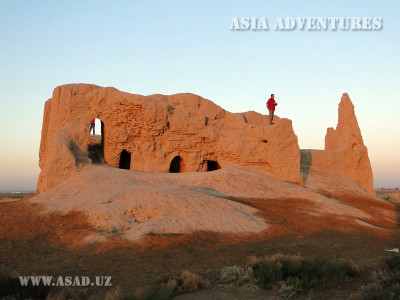
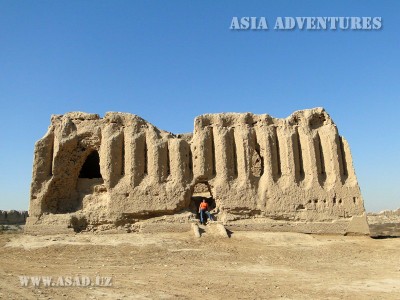
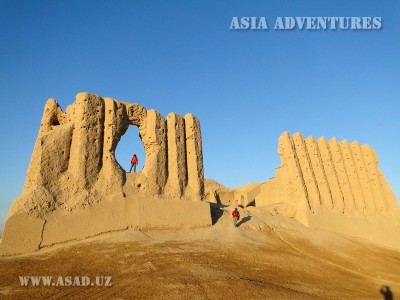
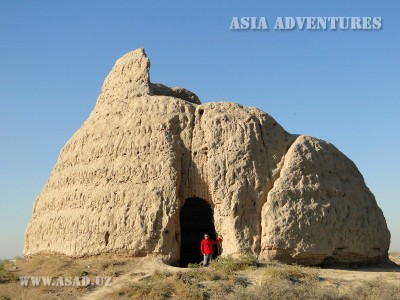

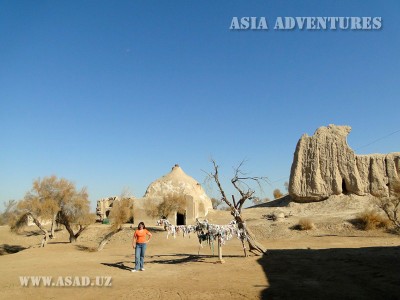
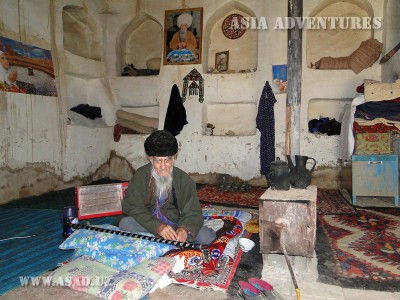
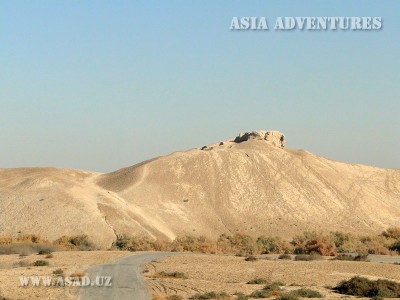
 Posted by
Posted by

